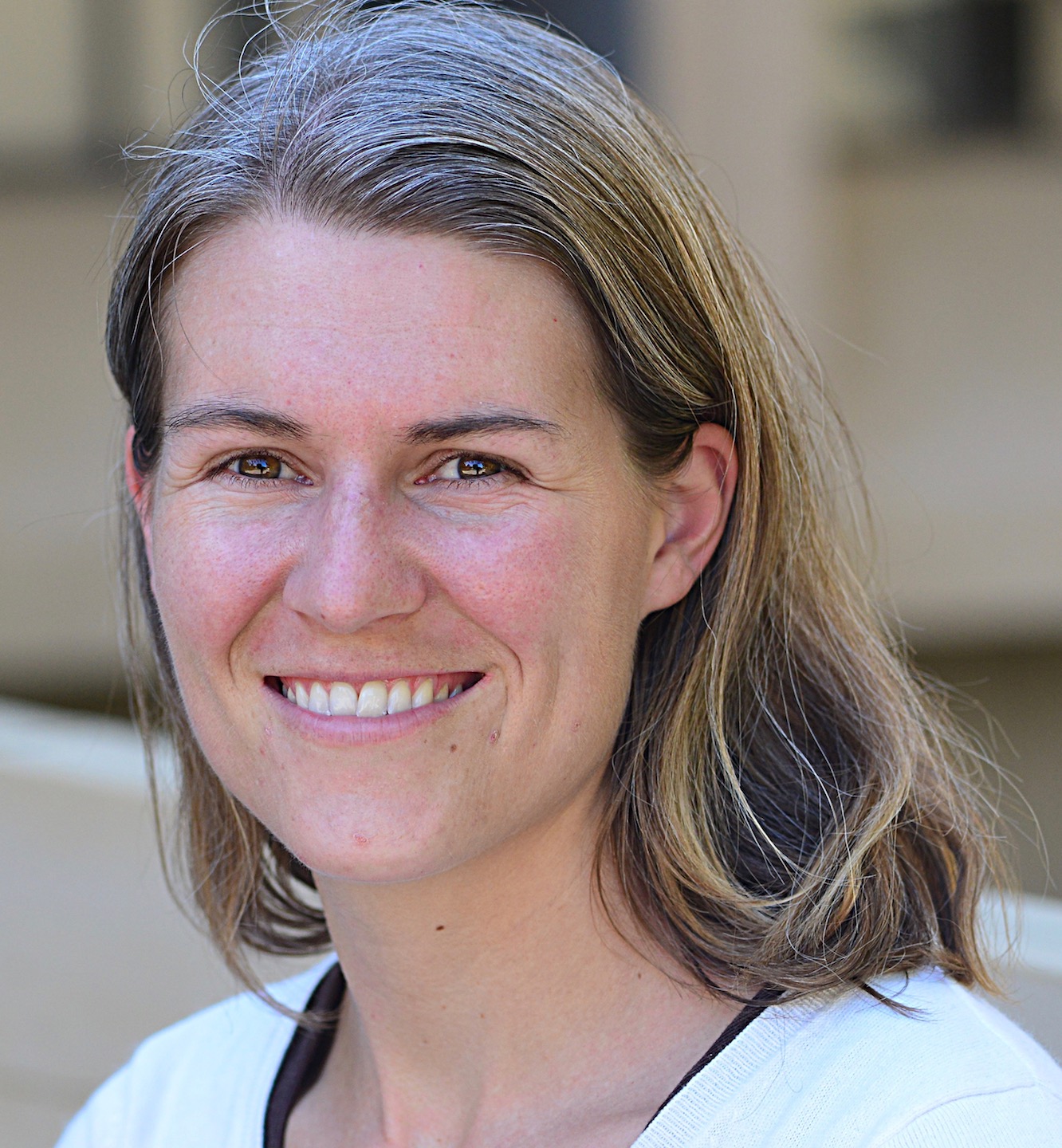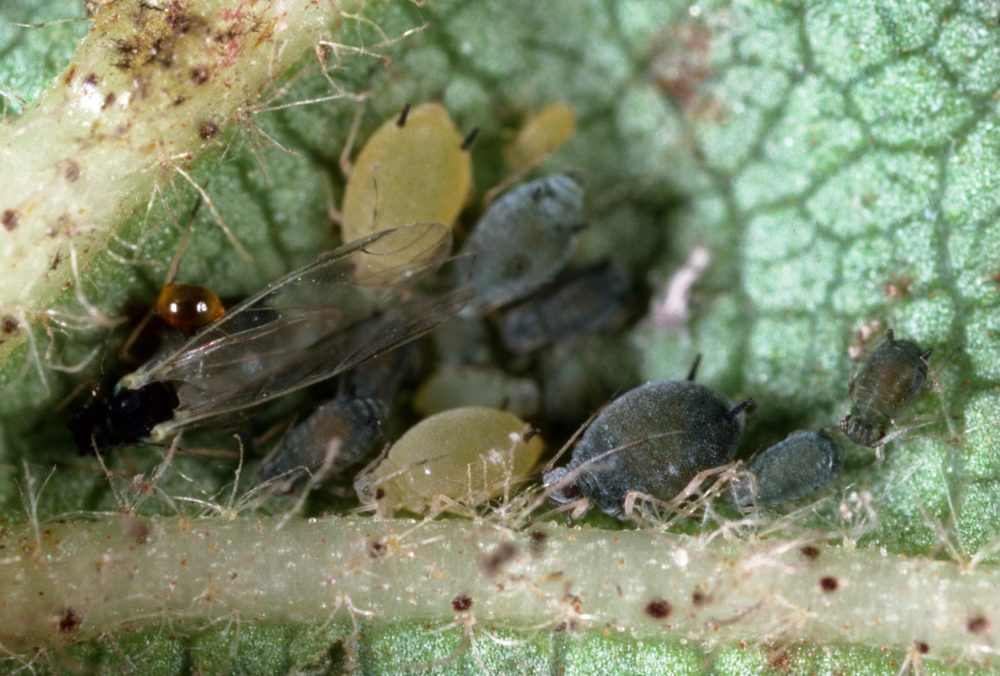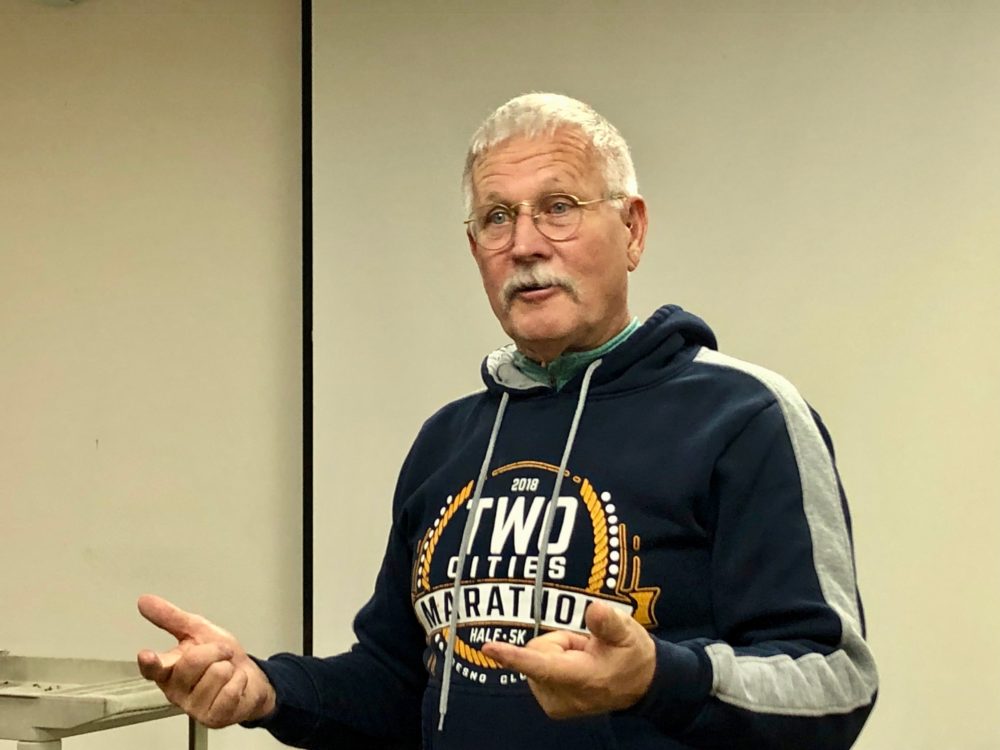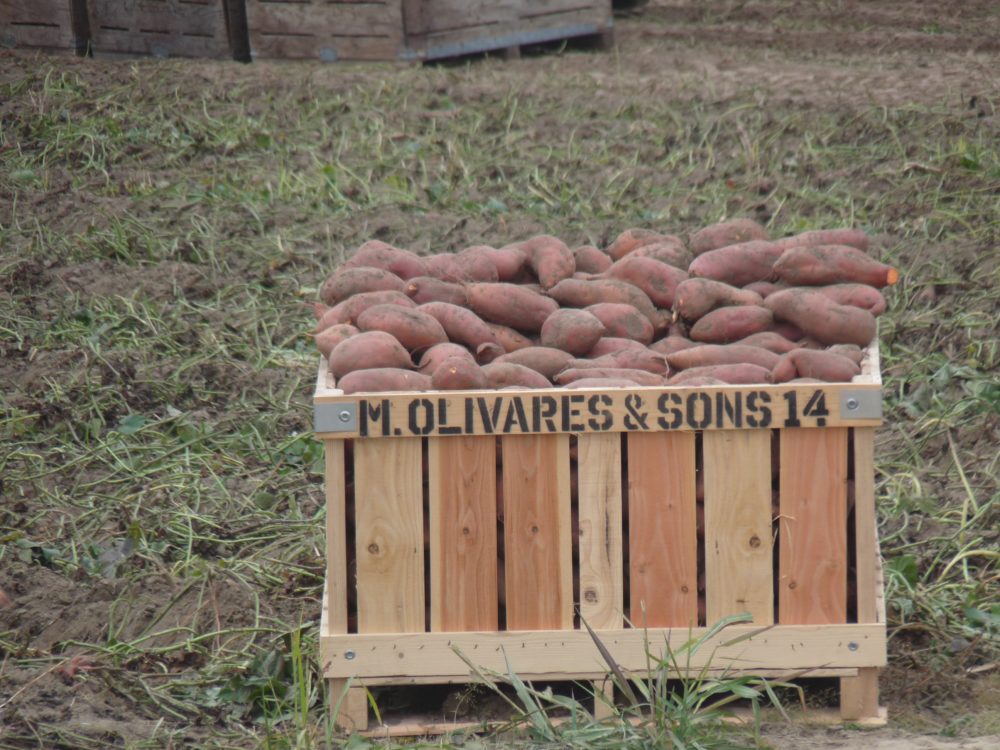Big Increase in State Budget for UCANR
Governor Signs ‘Transformational’ Budget for UC ANR Research and Outreach
By Pam Kan Rice, UCANR Assistant Director, New and Information Outreach
The state budget signed by Governor Newsom Monday night [July 12] includes a historic increase for the University of California Agriculture and Natural Resources. The state restored UC ANR’s budget to pre-COVID levels of FY 2019-20 and provided a 5% increase plus an additional $32 million in ongoing funding, bringing total state support to $107.9 million for the division, which contains the county-based UC Cooperative Extension, Integrated Pest Management, and 4-H Youth Development programs.
“This budget increase is transformational and will allow us to rebuild UC Cooperative Extension’s boots-on-the-ground to help Californians cope with wildfire, drought, and climate adaptation,” said Glenda Humiston, UC vice president for agriculture and natural resources.
 Over the past 20 years, state funding for UC ANR decreased by almost 50% (adjusted for inflation), resulting in a significant reduction of UC ANR’s Cooperative Extension advisors and specialists – from 427 positions in 2001 down to only 269 in 2021 – creating vacancies in many critical positions.
Over the past 20 years, state funding for UC ANR decreased by almost 50% (adjusted for inflation), resulting in a significant reduction of UC ANR’s Cooperative Extension advisors and specialists – from 427 positions in 2001 down to only 269 in 2021 – creating vacancies in many critical positions.
“We appreciate UC ANR stakeholders for sounding the alarm,” Humiston said. “And we are immensely grateful to Senator John Laird, chair of the Senate Budget and Fiscal Review Subcommittee on Education, for recognizing this critical need and for his leadership and dedication to restoring UC ANR’s budget to bring back Cooperative Extension throughout California.”
With this new funding, UC ANR will begin recruiting for 20 UC Cooperative Extension academic positions and prioritizing many more critical positions for hiring during the next several months.
“As in the past, we will be talking to our community partners and other stakeholders to identify the most pressing needs to prioritize the next round of hiring,” Humiston said. “We must identify positions to address California’s emerging and future needs. While this state budget increase will allow UC ANR to hire more people, we will continue seeking funding from additional sources to expand access to our diverse resources for all Californians.”
To learn more about how UC ANR enhances economic prosperity protects natural resources, develops an inclusive and equitable society, safeguards food, develops the workforce, builds climate resilience, and promotes the health of people and communities in California, see the stories in its 2020 annual report at https://ucanr.edu/sites/UCANR/






















